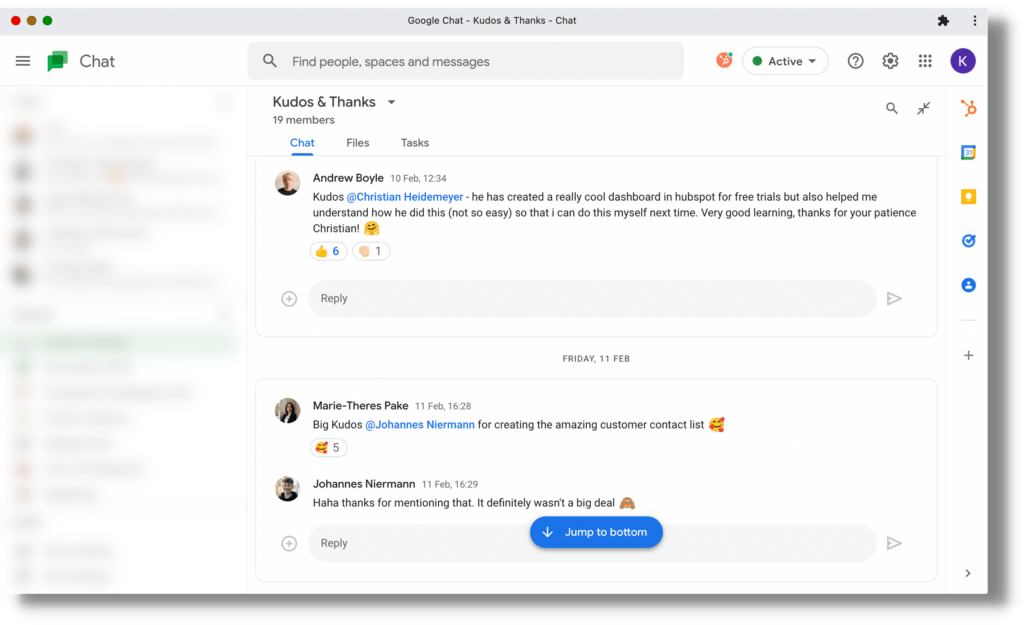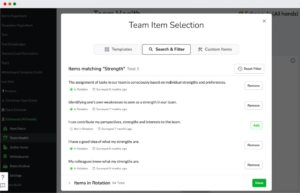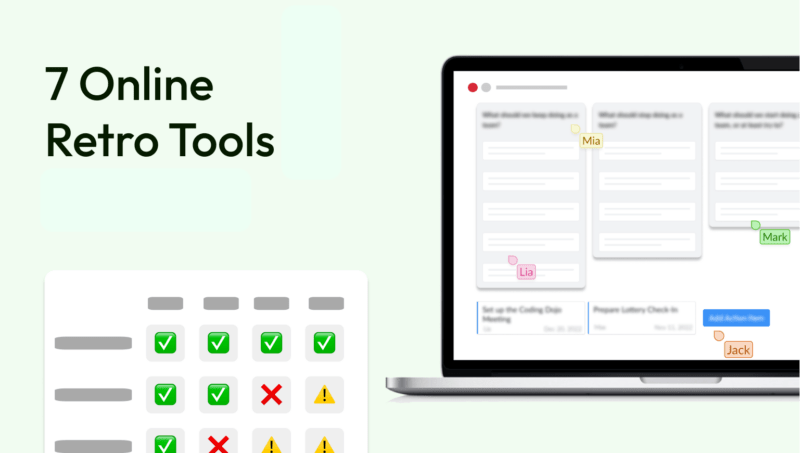You change your behavior and influence the culture
Think of a country you've visited on vacation or where you've even lived.
Found one? Fine.
Think of a situation, tradition or behavior that was very different from your home country.
Well, that was an easy one, wasn't it? Let's move on.
Do you remember saying things to friends or relatives like “This is how we do it” or “I had to get used to it”?
It is likely that what you are describing is part of another country's culture. And the culture only comes to life through the people who live there. Furthermore, culture is shaped by their behavior, assumptions and values.
The government probably hasn't made a statement on its website that says: 'Our culture is this and that and accordingly are our values. So, dear country: live them.” And if that were the case? Only the people can decide whether it is really lived or not. What do you mean?
A culture is formed and evolves over time, and it is shaped by behavior. However, one can ensure that the framework, rules and regulations are defined in a way that increases the likelihood that certain behaviors will be produced.
The same applies to organizational culture.
-
In A Nutshell
• Culture develops over time.
• Organizational behavior is key. Your behavior can be the starting point.
• No matter who you are, you can make a difference. Lead by example.
• It takes persistence to be effective. Celebrate small successes.
• Becoming agile means developing an agile culture.
Who can change the organizational culture?
Well, nobody can.
We know that organizational culture evolves and shapes over time. It is influenced and defined by how people behave and what values they represent. Additionally, it can also be influenced by certain regulations and attitudes.
Basically, each of us can influence the culture and participate in shaping it.
Shaping cultures through behavior
Lead by example
It is independent of whether you are the one who has the official power to set regulations, boundaries etc. There is always one thing you can do: set a good example. And that's a starting point, if not a starting point at Starting point. So everyone is a leader, no matter what title you hold or what position you hold in the context of a company.
What you must do – and this is probably easier said than done – is try not to copy or conform to what others are doing if you feel that it does not reflect the behavior and values necessary for a healthy companies are required. Model the behavior you want to see in others.
That's the magic formula.
We all work for different motives (income, self-realization, etc.), but certainly also to add value to the company. This works best when you work in an environment where colleagues, teams and supervisors are all in a healthy state. With people who enjoy what they do, how they do it and with whom they do it. Let's create the conditions for people to have fun, grow and thrive. Then the best for the company will come out of it.
And what does that mean for you now? You can shape and influence the culture that exists within the given regulations through your own behavior that reflects certain values. Those values that you want those around you to adopt.
How long does it take to change organizational culture?
Yes, correct, you still can't change the organizational culture. A better question would be:
How long does it take for a behavioural change to have an impact in the organizational context?
We are often impatient and want to see an effect quickly. And by "fast" we can even mean half a year or a year. That may seem like a long time to you. To cultivate something, it is not.
Think back to the beginning of this article. Think of the country and its culture you had in mind. How long do you think it would take to see a change anchored in the culture if you alone changed your behavior today?
Let's take some examples:
So let's say you're an American and decide that 24/7 grocery shopping and hours of operation are not acceptable to you. You change your behavior and never go shopping after 8pm or before 7am. What does that mean for the people around you or for the culture?
Or let's say you're French and decide that eating macarons is unhealthy. So you don't buy anymore. What will the other people do, and when – if ever – will macarons stop being a part of French culture?
Let's take the opposite case: In Asia, e.g. B. in Thailand, there are many small markets with food and takeaways. Especially in the evenings, people go outside, stroll the streets and grab a bite to eat. Now imagine you are from Norway. You return home after your trip and you think that you would like that to be part of Norwegian culture. So you set up a little stall on the street every night to sell food. What do you think will happen?
I think you got the point.
In the "American example" a regulation of the opening hours for grocery stores would of course already shape this part of the culture, since people would automatically no longer be able to go there. However, if these regulations are not in place, it may be difficult to change the behavior of other US citizens quickly (e.g. in six months or a year).
The "Norwegian-Thai example" is completely different. Because regardless of any regulations, the weather conditions might not tempt people to go out to eat in the evenings anyway.
Consistency of your action and a long breath are the key
Nobody said it would be easy. It will be hard work. You have to be consistent. But your behavior will have an impact, and at some point there is a chance that people will adapt, change and adopt what you are modeling. And sooner or later, if you find enough fans, maybe (at least a little) it will become the culture you envision.
Whether and how quickly the behavior in your environment changes also depends heavily on what kind of culture you are working in now and how far you or you as a company want to move away from the current culture. The more drastic the changes, the higher the likelihood that the breath needs to be even longer.
We are what we repeatedly do.
Aristotle
It's always good to find like-minded people. You don't necessarily need to create an entire company-wide program or change agents to do this. Just unofficially team up with like-minded people. With people who you think are similar to you. Then use the strength of a group.
Celebrate and share small advances
Let others participate in what you do, experience and experience. In your meeting routines, talk about such things as behavior and values. Meeting formats such as the Retrospective or Inspect & Adapt are a perfect place to talk about such things and to raise awareness. But the same applies here: start small. Even if you haven't introduced such formats yet, it doesn't matter. There will be occasions when it might fit. Maybe in a 1:1 conversation with someone or at a planned team week.
How the retrospective as a meeting format and routine can influence behavior and culture
By the way, while we're on the subject of retrospectives, here's a little hint: The content-related impulses, the format and the continuity of the use of Echometer also create the opportunity to influence behavior and attitudes in a certain way. This can then also have an effect on the organizational culture.
Agile values as an expression of organizational culture
What is agile culture?
With the big, recurring trends such as digitization and globalization (to name just two examples), people and our environment are also changing. As a result, business life will or must become more dynamic. You've probably read about an organization's ability to adapt more quickly to new conditions and environments as a result of these trends. Be it in processes, operations or the people themselves. Having this ability means being agile in business.
Now, business agility also requires a culture of agility. As with everything related to culture, it is obvious at this point that this particular culture does not come about by accident. Leaders – and everyone is a leader – they need to nurture.
Understand the agile values and create a common understanding as a starting point for organizational culture
Speaking of agility, let's say we have the framework, the theory on the one hand, and the mindset, values, etc. (known as the five core values in Scrum and related to that the 12 principles based on the Agile Manifesto) on the other hand. When it comes to culture, let us focus on the latter.
The questions you need to ask yourself are: Why do you and your organization want to be agile? To answer this question, you must first understand what agility stands for. Understand what agile values are and whether you have the same understanding of them as other employees, the team, the supervisors. And how does agility relate to the current values of your organization and thus to its behavior? Does that match, doesn't it?
There are many sources to get an overview of the existing values. And it's okay to question these agile values and principles for your organization. It's not necessarily one size fits all. You have to make it fit for your environment. And remember (remember culture is evolving?) that it's a gradual approach.
Also, there are organizations that document their corporate values and culture, such as Zappos or HubSpot.
How Echometer is shaping its culture
We would like to give you some practical ideas and examples of how we at Echometer work, how we behave and how we bring our values to life. That's why we asked all Echometer employees to tell their own story and share it with you.
It is the multifaceted interaction that ultimately fills the organizational culture with life
Read about creativity, autonomy, transparency, innovation, freedom, appreciation, respect and more at Echometer. We hope that something inspires you and gives you new impulses on how you can change or adapt your own behavior in your own environment. That could be the start of influencing the culture. If you are interested in receiving all the stories or just To stay up to date when it comes to shaping cultures, team and organizational development, please register for our newsletter.
We're a relatively young company so the culture is certainly on the way to evolving as we grow.
To give you a first insight, let me present you with a foretaste of what you can expect in the following posts. Using the example of appreciation.
It is the appreciation that many people lack in their workplace on a daily basis. You may have heard of "kudos" and it's definitely a great concept. At Echometer for example we introduced it in different ways:
We have a team chat that's all about kudos. We give kudos to everyone for things big and small. It's up to us to decide what we consider nice, helpful, or useful, and in doing so it shows appreciation for a person's behavior or competence. Caution note: A "thank you" should be meant honestly, otherwise it will certainly not have a lasting positive effect in the long term.
Of course, if we make it public, the person feels good too. And that's exactly what it should do. There is no rule as to how often you should or must give kudos, it comes naturally when you do. And once you've started with it, as a nice side effect, – you'll also notice things that you might not have noticed before.- We have a “Strengths Page” with each of us listed on it, and each of us is encouraged to add to each other the strength(s) that he or she sees in their colleagues. This way you find interesting aspects about yourself and have an appreciative aspect.
Once in a while, we add a question that guides to giving kudos as a check-in question to our retrospective, or as one of the core topics to be discussed during the meeting (in an indirect way, such as “I have a good idea of what my skills are").
- Sometimes we use our “Daily” meeting format to highlight what we are grateful for (this is not only applicable in an organizational context, by the way, but also in private life: nice to be aware of what you are grateful for).
PS As a customer focused and learning company, we appreciate you giving us your honest feedback on this article so we know if you find it useful. If you see something that we can improve, we can consider it. Also, if you'd like us to share more of our best practices, let us know.
Stay up to date when it comes to shaping cultures, team and organizational development. Sign up for our newsletter below or contact us directly if you need a sparring partner or want to know what Echometer can do for you and your organization.



 We have a team chat that's all about kudos. We give kudos to everyone for things big and small. It's up to us to decide what we consider nice, helpful, or useful, and in doing so it shows appreciation for a person's behavior or competence. Caution note: A "thank you" should be meant honestly, otherwise it will certainly not have a lasting positive effect in the long term.
We have a team chat that's all about kudos. We give kudos to everyone for things big and small. It's up to us to decide what we consider nice, helpful, or useful, and in doing so it shows appreciation for a person's behavior or competence. Caution note: A "thank you" should be meant honestly, otherwise it will certainly not have a lasting positive effect in the long term.  Once in a while, we add a question that guides to giving kudos as a check-in question to our retrospective, or as one of the core topics to be discussed during the meeting (in an indirect way, such as “I have a good idea of what my skills are").
Once in a while, we add a question that guides to giving kudos as a check-in question to our retrospective, or as one of the core topics to be discussed during the meeting (in an indirect way, such as “I have a good idea of what my skills are").




